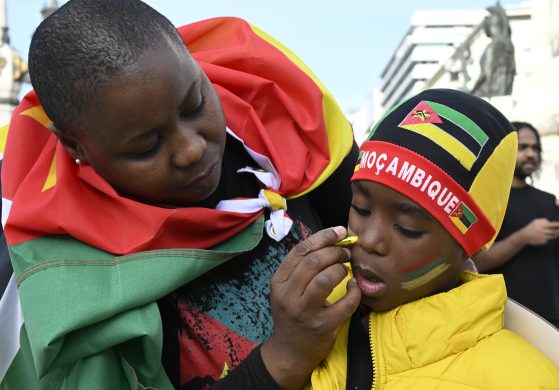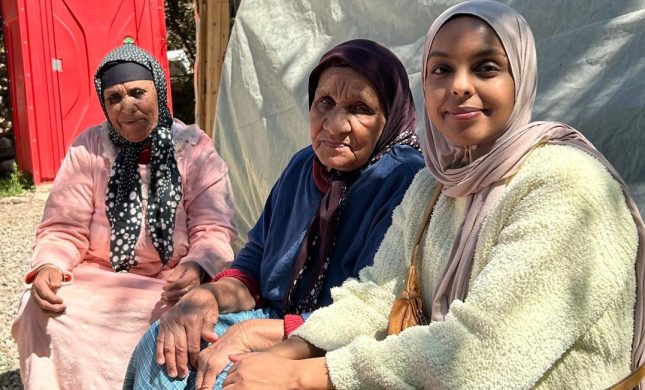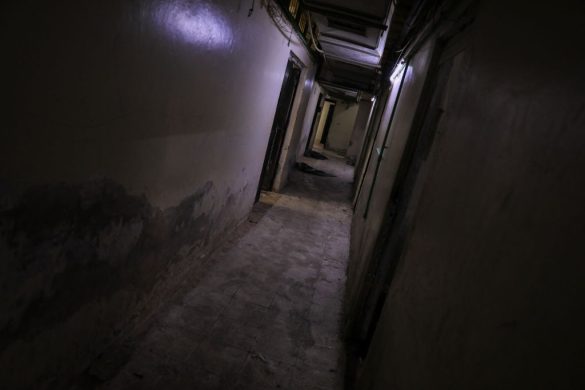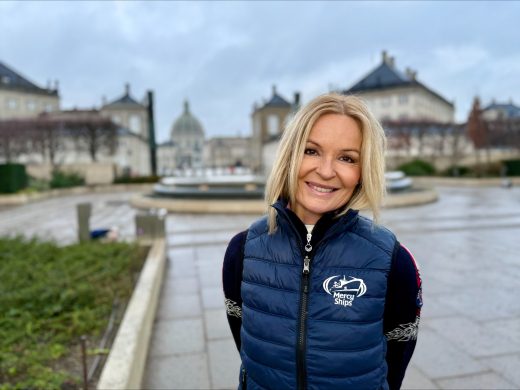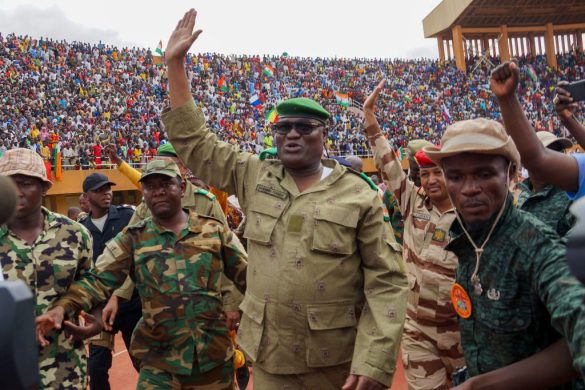Verdenssundhedsorganisationen, WHO, slår i ny rapport alarm over den stigende ulighed i sundhedstilstanden blandt verdens befolkninger, skriver TV 2 online tirsdag.
Forskellen i den forventede levealder mellem verdens rigeste og fattigste lande, kan variere med mere end 40 år, står der i rapporten, der er blevet til på baggrund af indberetninger fra hele verden.
Den advarer mod, at fattigdom og fødevaremangel i store dele af verden er skyld i at sundhedstilstanden, verdens befolkninger imellem, “er faretruende ude af balance”.
Ulighed vokset siden 1978
WHOs rapport beskriver uligheder med hensyn til sundhedstilstand, adgang til sundhedssektoren, og hvor meget folk skal betale for at komme i behandling. Konklusionen er bl.a., at uligheden i dag er større på verdensplan end for 30 år siden.
WHO anbefaler derfor, at der bruges flere ressourcer i den primære sundhedssektor i stedet for at investere i den nyeste teknologi, som langt de færreste har adgang til. WHO skønner, at en bedre udnyttelse af forebyggende foranstaltninger kan reducere den globale sygdomsbyrde med helt op til 70 procent.
FNs nyhedstjeneste skriver udbyggende tirsdag: (14 Oktober 2008):
People in different countries and even within the same State or city face strikingly different health outcomes because of vast inequalities in both access to health care and the amount they have to pay for that care, according to a new United Nations report, which calls for an overhaul of the way such assistance is provided worldwide.
The annual World Health Report, launched Tuesday by the World Health Organization (WHO), finds that the inequalities are now much greater than they were 30 years ago and that too often health care is treated as a commodity on which a profit can be made.
It recommends a return to so-called “primary health care,” a more holistic approach developed in the 1970s where general practitioners, family doctors or nurses perform tasks that these days are frequently carried out by specialists.
“In far too many cases, people who are well-off and generally healthier have the best access to the best care, while the poor are left to fend for themselves,” WHO said in a press release accompanying the reports launch.
“Health care is often delivered according to a model that concentrates on diseases, high technology, and specialist care, with health viewed as a product of biomedical interventions and the power of prevention largely ignored”, the report noted.
Annual government expenditure on health varies greatly across the globe, from as little as 20 US dollar per person to over 6.000 in some countries, while differences in life expectancy between the richest and poorest nations now exceeds 40 years.
Sharp discrepancies in health can also occur within individual cities. In the Kenyan capital, Nairobi, high-income areas have an under-five mortality rate of below 15 per thousand, compared to 254 deaths per thousand in slum neighborhoods of the same city.
– A world that is greatly out of balance in matters of health is neither stable nor secure. The World Health Report sets out a way to tackle inequalities and inefficiencies in health care, and its recommendations need to be heeded, said WHO Director-General Margaret Chan.
For 5,6 billion people in low and middle-income countries, more than half of all health care expenditure is through out-of-pocket payments and, at a time of global financial crisis, such personal expenditure pushes more than 100 million people below the poverty line each year, the UN agency suggested.
– Viewed against current trends, primary health care looks more and more like a smart way to get health development back on track, said Dr. Chan, adding:
– We are, in effect, encouraging countries to go back to the basics. Thirty years of well-monitored experience tell us what works and where we need to head, in rich and poor countries alike.
The launch of the WHO report in Kazakhstan commemorates the 30th anniversary of the Alma-Ata International Conference on Primary Health Care, which placed health equity on the international political agenda.





